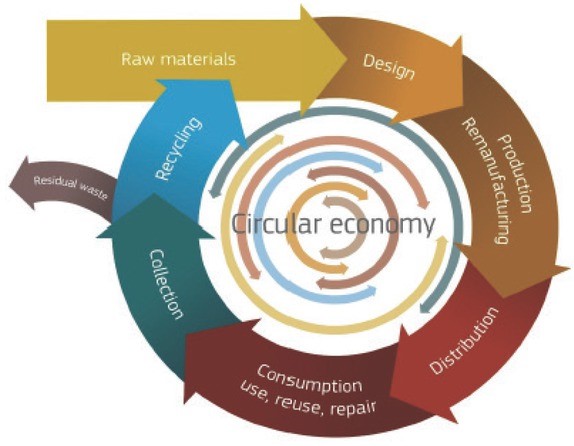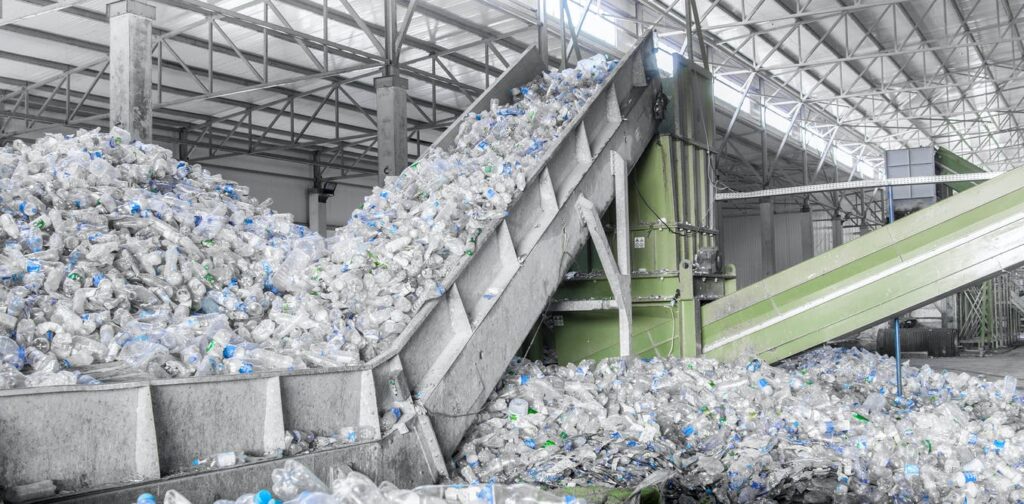Increase the life cycle of a product
A large proportion of industrial or business entities are following the linear economy pathway. The linear economy model is based on the take, make, and dispose of model. However, this can only operate if there are infinite resources. That is why a circular economy is needed to treat the infinite resources as finite resources. Several organizations (PACE and MacArthur Foundation) are advocating for just transitions from linearity to circularity in industrial systems. A circular economy (CE) is based on three principles: make; use and recycle. The concept can be applied in food, electronics, plastics, textiles, and capital equipment. The focus mentioned above areas is covered extensively by the Platform for Accelerating the Circular Economic (PACE) Circular Economic Agenda.

Circular Economy for Plastics
Plastic is currently the subject of much debate in our society. It pollutes the environment and consumes renewable energy in its production. It also has an advantage because it is light, stable, inexpensive, and versatile. Actually, the problem is not with the product but with handling it. Plastic products are mainly made from recycled materials. In a circular economy, both the material and design of products are necessary. In the designing stage, you need to consider how the product can be used at the end.

Recycling plastic products composing of different stages: including Collecting, Cleaning, Processing. The disposed plastics collected in containers and transported to the recycling plant. When it reaches the recycling plant, there are processes to pass. Such as cleaning, separating, and grinding processes. After all these processes, we have the raw material. The material can be used to manufacture a whole range of everyday used products.
Conclusion
Circularity is the future of our sustainability in business. Studies have shown that adopting CE has many advantages: reducing the effects of plastic wastes on the environment, ensuring the supply of raw materials, and increasing the employment rate and economy.